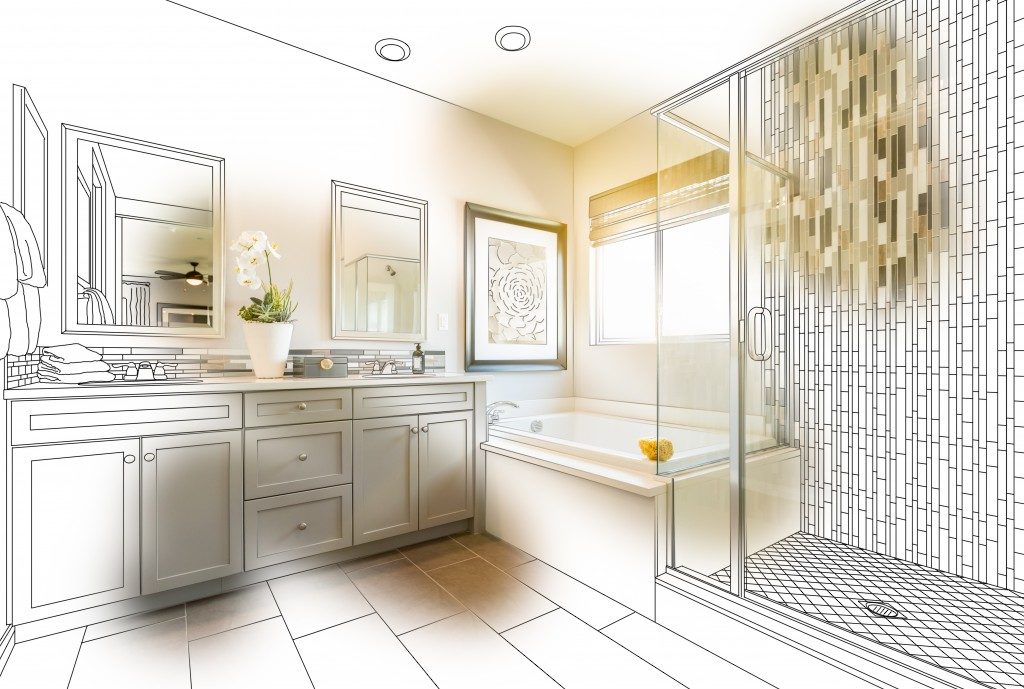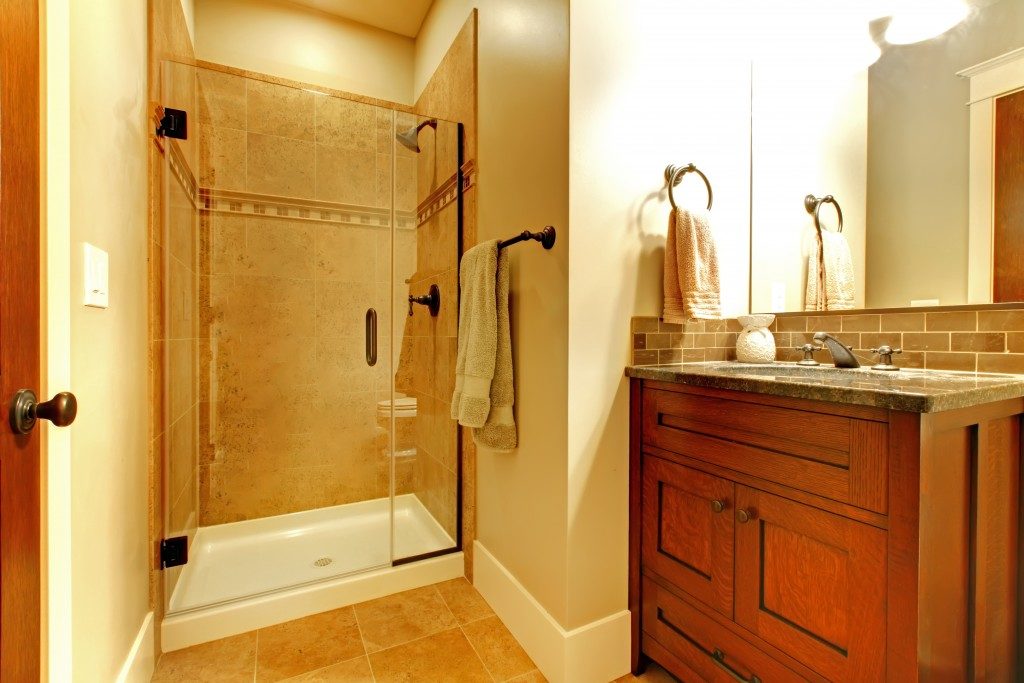
Slips and falls in the bathroom become more common as one gets older. Impaired mobility and balance issues, together with diminished musculature and bone density, make falls extremely dangerous for the elderly. Simple remodels can make homes and facilities that cater to the elderly a lot safer and easier to use.
Clear Pathways
Seniors with mobility issues — especially those using wheelchairs — require unobstructed and level pathways. A small drop of 5 millimeters can cause trips or slips by snagging unto a foot or a walking instrument. Make sure pathways are wide enough and leave opening under washbasins so they can be accessed when using a wheelchair. Keep the floor free of rugs, mats, or clutter; they can slip from underneath a person or get snagged on a cane or wheelchair. Doorways need to be wide to accommodate wheelchair use, preferably with the door swinging outwards. Keep light switches accessible to wheelchairs or use a motion-detecting light system. Make sure the toilet is situated along an adjacent wall so handholds and supports can be placed along the wall.
Adequate Support and Handholds
Mobility issues are almost unavoidable when growing old. Support and handholds along the walls make it easier and safer for the elderly to use the toilet. Well-placed handholds can relieve a bit of stress on the knees and provide more balance for people with balance issues or vertigo. Just make sure supports are lined over an adjacent wall to maintain constant support. Handholds around the toilet seat are even more important. Using the toilet requires precise and controlled movements as well as a bit of strength, especially when coming off a wheelchair. Even if an individual is walking, bending down to sit puts a lot of stress on the knees, and the changing positions can result in balance issues. Supports and handholds give the elderly much-needed security and independence in using the bathroom, preserving their dignity and allowing them a bit more independence.

Walk-in Baths
Slippery floors combined with mobility and balance issues almost guarantee an accident of some sort. Showering — even with chairs and supports — comes with a high risk of slips and falls. Standard baths are even more dangerous, and getting in and out of them requires a lot of effort, coordination, and strength. Forty-one percent of drowning deaths in the bathroom involves falling into the bath. Falling from inside the bath is also dangerous as bathroom floors can leave you bleeding or give you a concussion. Walk-in baths are the safest option for the elderly. They are primarily designed for elderly usage, and they eliminate the chances of slipping or falling while taking a bath. Walk-in tubs are easily accessible, even with a wheelchair. Your feet remain planted on the ground as you sit down for your bath, and you can stay immersed in a relaxed position. Walk-in baths can easily be incorporated into existing shower enclosures with minimal changes.
Elderly bathroom safety is essential for institutions and facilities that cater to the elderly or individual homes with elderly residents. Safe features and design allow the elderly to retain their independence for a little bit longer.

